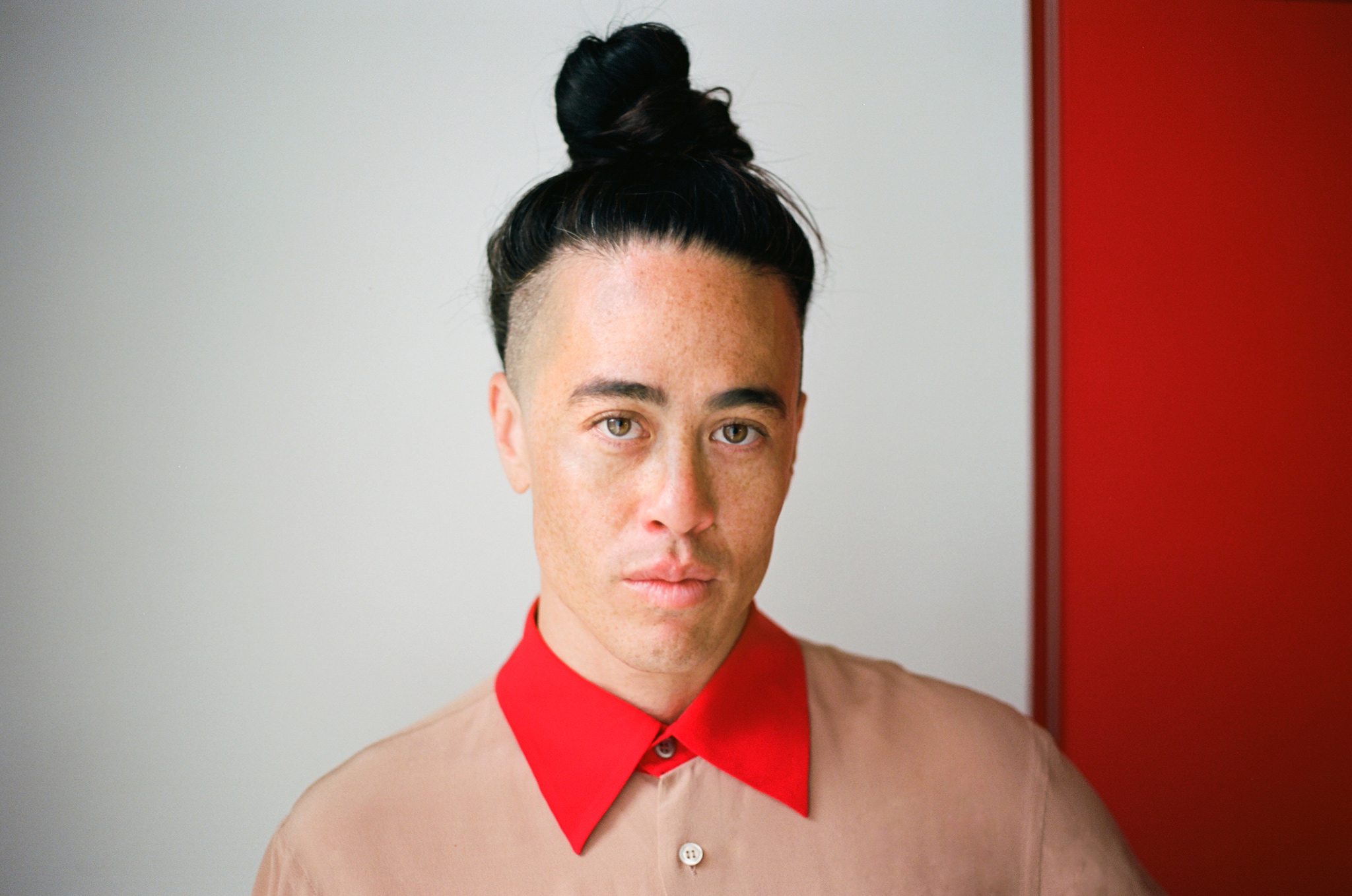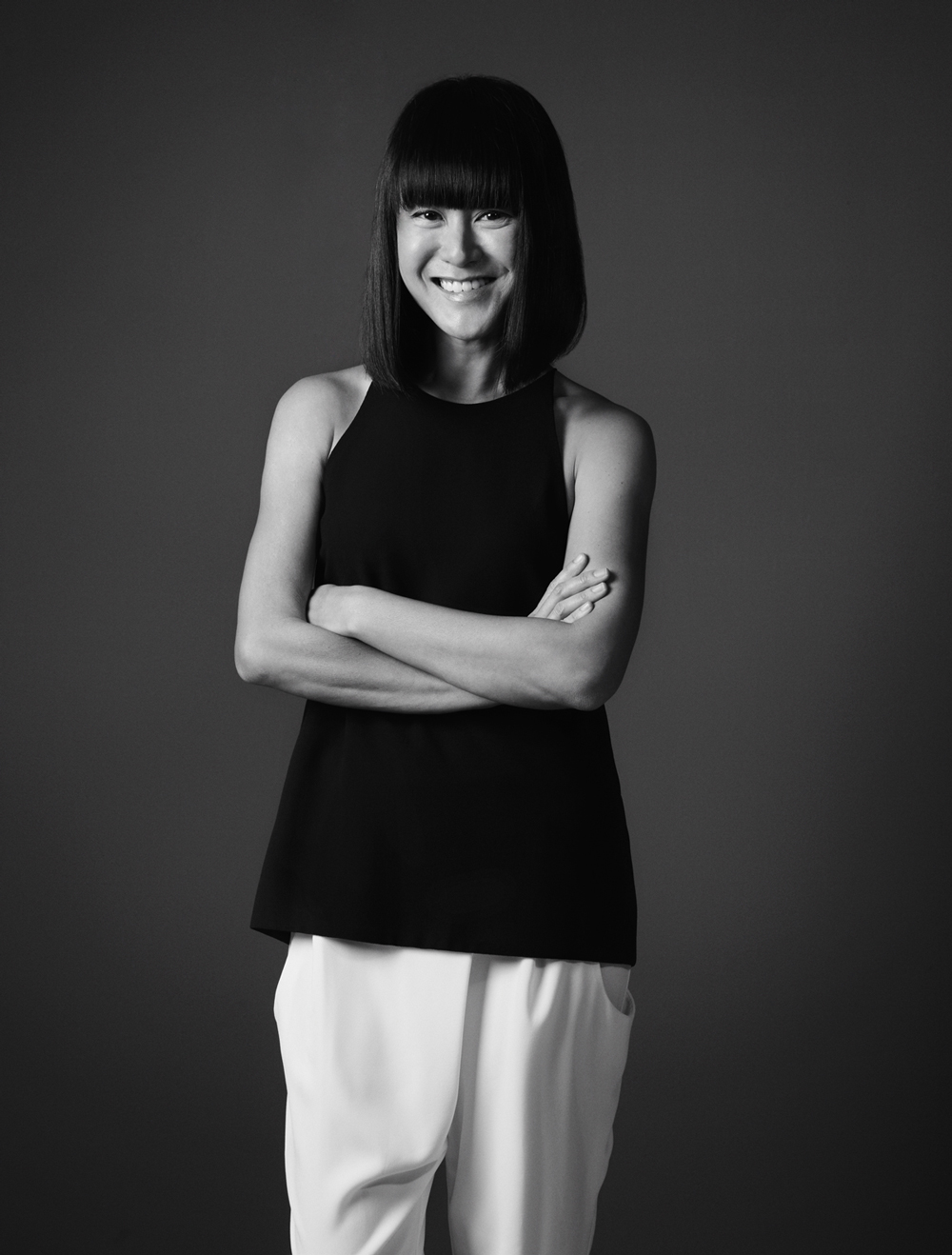Universal Introspection
Text by Olivia Wong
Photography by Caline Wong
Barefoot, willowy and surrounded by her installation-in-progress, Dawn Ng surveys the scene before her with thoughtful quietude. She bends to pick up a few tiny articles of dirt interfering with the installation; an image of assiduity commensurate with the clean, white linen sweeping about her ankles, the punctiliously-imagined prints that adorn the gallery floor. Today, she will finally bring to life Perfect Stranger: a year-long project that has manifested in its final form a time-capsule of memories – a sprawling manuscript of colour and text, a piece ostensibly her most personal to date.
“It was never meant to be a new solo,” Ng explains. “I thought a possibility would be the 365 bodies of text [in the work] forming a narrative time capsule of our here and now.” Harvested from a series of responses to daily queries by an Israeli child psychologist, Perfect Stranger is a collection of lists, questions, stories, poems, confessions, and jokes. The artist’s responses, amassed over the course of pregnancy and beyond the conception of her firstborn, toe the line between strangers from two different worlds and the affinity they share, between the portrait of the artist and that of our selves.
The gallery team is almost done with the installation of the exhibition. Ng and I are now perched atop a specially-constructed viewing podium overlooking the artwork. Just ten minutes ago, Ng and her team were crouched close to the ground, carefully piecing the artwork together. “It’s like talking to the ocean,” the artist says as she turns her gaze to the sea of colours bristling on the exhibition floor. We survey the artwork in a pause.
The artwork comprises forty-eight large coloured prints evenly spaced on the ground to create paths for the spectator to ply, pause, and ponder. Each print presents the artist’s textual contemplations in a spectrum of colours that appear to rhyme with the vernacular and form of text. The result is a phosphorescent sea of script and colours, a fertile bed of synaesthetic pleasure. The white-washed walls and floor that flank the artwork kindle the ethereal, as if to be suspended in time and place. Ng observes this on a modular level, likening each print to a “black hole” or a “portal” that draws the spectator inward, capturing the conscious in a moment of personal recollection through words and colour that resonate in ways peculiar to the spectator.
“And if you look at the colours, it feels like light is moving – like an undulating ocean surface,” Ng continues. “The artwork is illuminated, then darkens, just like how memory works. The artwork is static, yet filled with movement at the same time.”
Ng’s artworks are known for her investigations into memory, space, identity and nostalgia, brought about by a multidisciplinary practice spanning collage, photography, illustration, light, and installation. In addition to this heterogenous approach to art-making, a large part of Ng’s oeuvre treads on the belief that the personal is universal, where what is intrinsically unique to one may cut across varying trajectories of experience. For all of its idiosyncrasies, Perfect Stranger remains a narrative that communicates to all.
In further conversation, Ng lets us in on the deeply personal process and intent behind Perfect Stranger.
What was the creative process for Perfect Stranger like?
Perfect Stranger is the most personal work to date because it was never meant to be a new solo. It began as a slow burn project I wanted to work on every day over a year. I had intended to let its content rest for an indefinite amount of time, and perhaps gift it to my daughter when she turns 35, the age I was when I created it, whilst pregnant with her. In this way, she would have this incredibly personal narrative time capsule of us, right here and now. You have said that time, space and memory are “infinitely personal and infinitely universal.”
"That “universal” is important to me because it is what makes us human."Dawn Ng
What do you mean by “universal” and why is it important to you?
The “universal” I am referring to, has to do with a certain inner truth we all share, which transcends everything else that separates us—be it as gender, age, race, taste, education, wealth or geography. It’s that innate understanding we each possess of matter like love and loss, darkness and light, joy and sorrow, frailty and force. That “universal” is important to me because it is what makes us human.
Would you say that Perfect Stranger has a universal element to it?
Yes, I think Perfect Stranger is my story, just as much as it is anybody else’s. How do we resolve moments where we experience feelings of alienation from the universal? I think everyone taps into it differently. Music really does it for some people— or a good film, or a painting or book. For others, it is a particular person, time or a place.
A large part of the work was developed through the various early stages of motherhood. How has motherhood shaped the way you approach the creation of Perfect Stranger?
On an existential level, motherhood forced me to confront my own mortality. It hit me right after my daughter was born, that here is this tiny person, who would live on past me. While I have seen to her beginning, she would most likely see to my end. I think before you have kids, you somehow feel that your time is infinite. This notion of a determinate start and finish to my existence, compelled me to freeze time in the most compulsive way I gravitate to, which is using words and colour.
On a practical level, motherhood has made me hyper efficient in my processes, and perhaps even more dogged in my approach. I just don’t have the luxury of time to muck around or get messed up.
How does it feel now that this personal piece intended as a gift to your daughter is currently on view to the public? What do you hope for people to take away from Perfect Stranger?
There’s definitely a visceral sense of vulnerability. But you know, that’s what making art is about, really. That’s what is terrifying and exhilarating about the process all at once. An artist is always attempting to tell some kind of truth that is real to them. I don’t allow myself to think about the viewer or his reaction, because that starts to creep into the creative process in the most insidious ways. After the work is complete, I honestly don’t care what anyone thinks. I’m usually already thinking about what’s next.
Perfect Stranger has many moments of homecoming. You mentioned that one of the reasons why a lot of your work has to do with Singapore is because of its contradictions, tensions and idiosyncrasies, and that you’ll always find your way back as nostalgia, time, memory and space are infinitely personal and universal. How has your experiences living abroad in New York and Paris influenced how you portray your visions of “home” and Singapore?
I think living in both those cities during my twenties granted me that necessary distance to reflect on what I left behind.
Do you think your work aligns with any particular cultural or societal orientation?
No, do you?
What has been your biggest disappointment and greatest delight in life so far?
People who I don’t know how not to love.


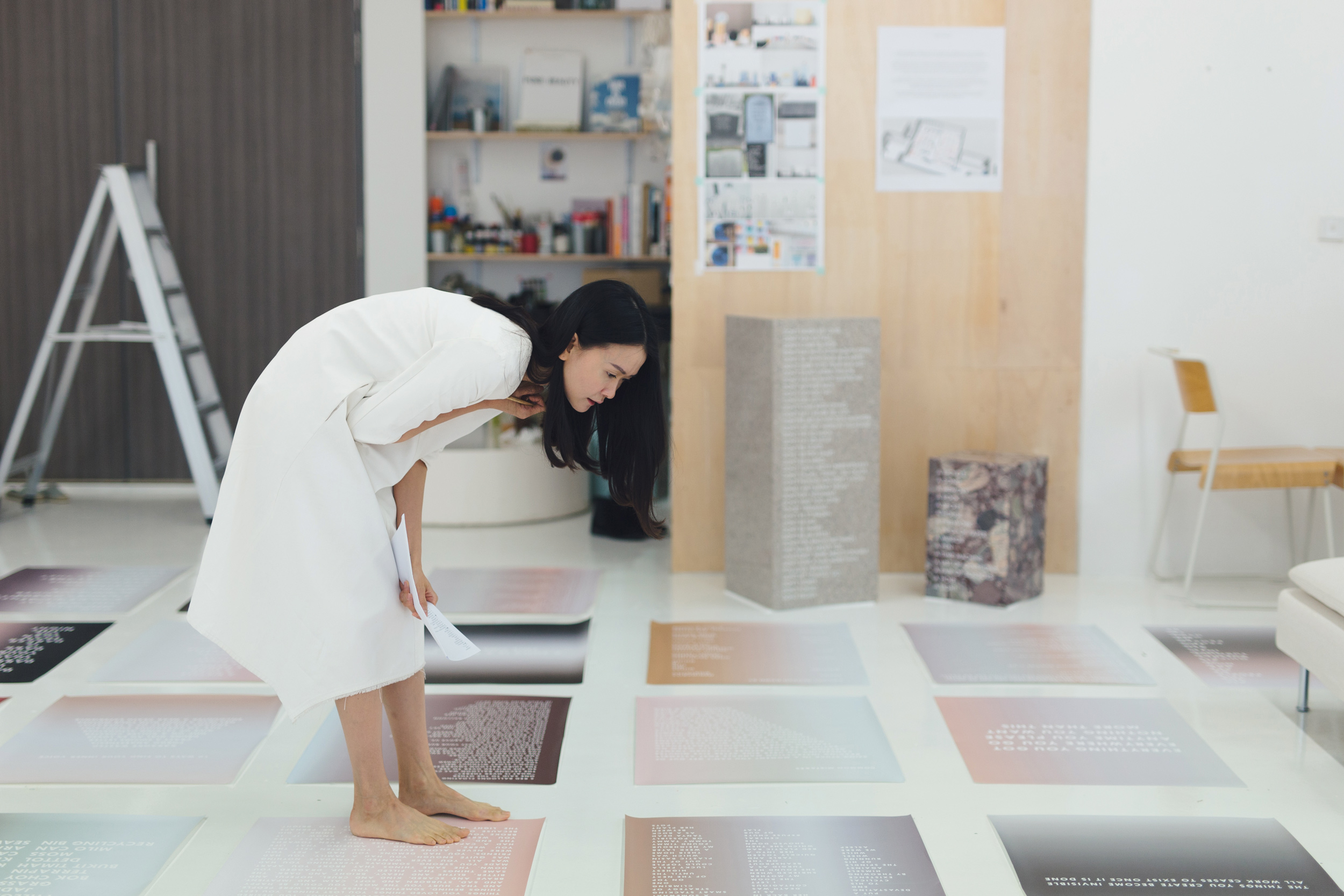

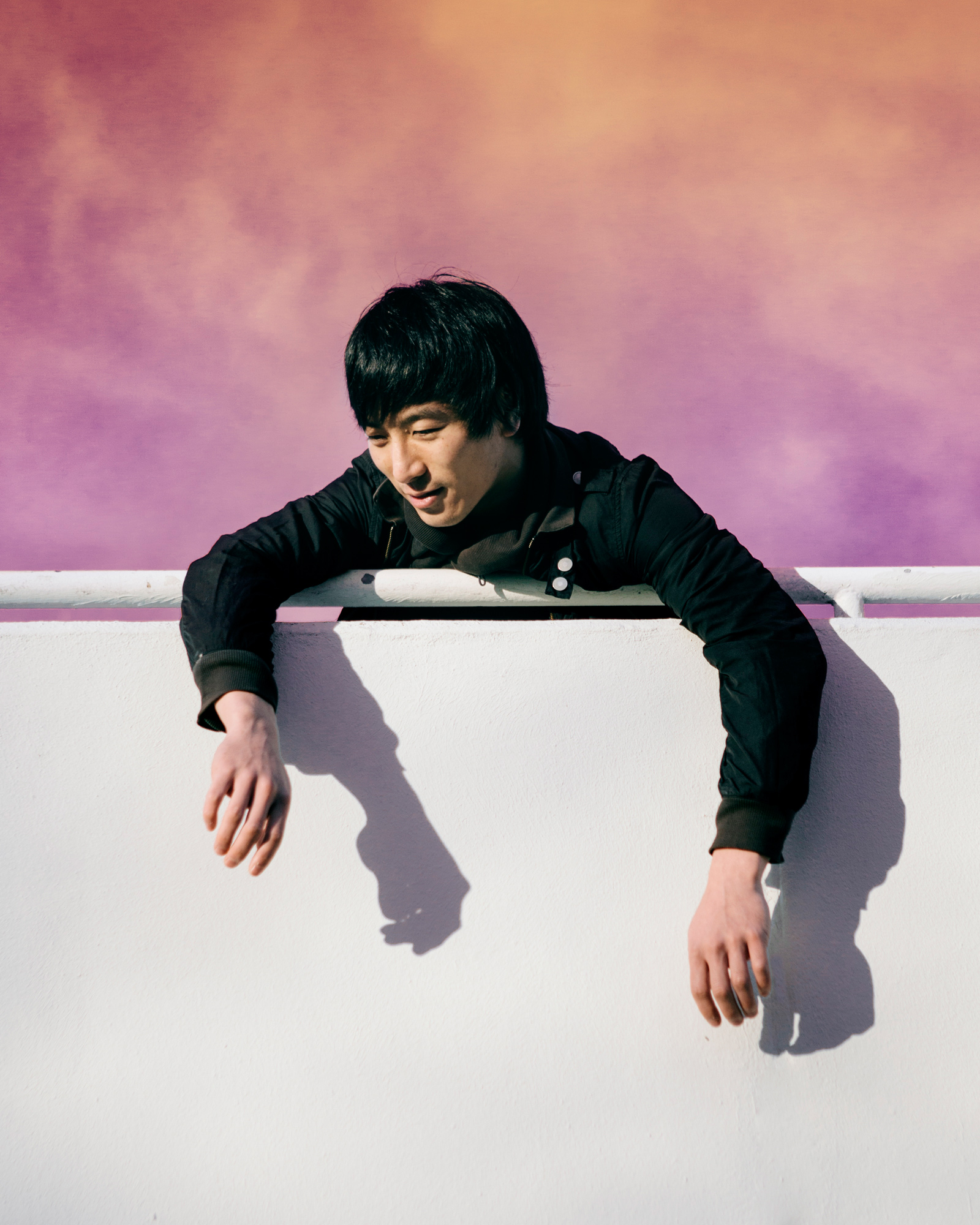
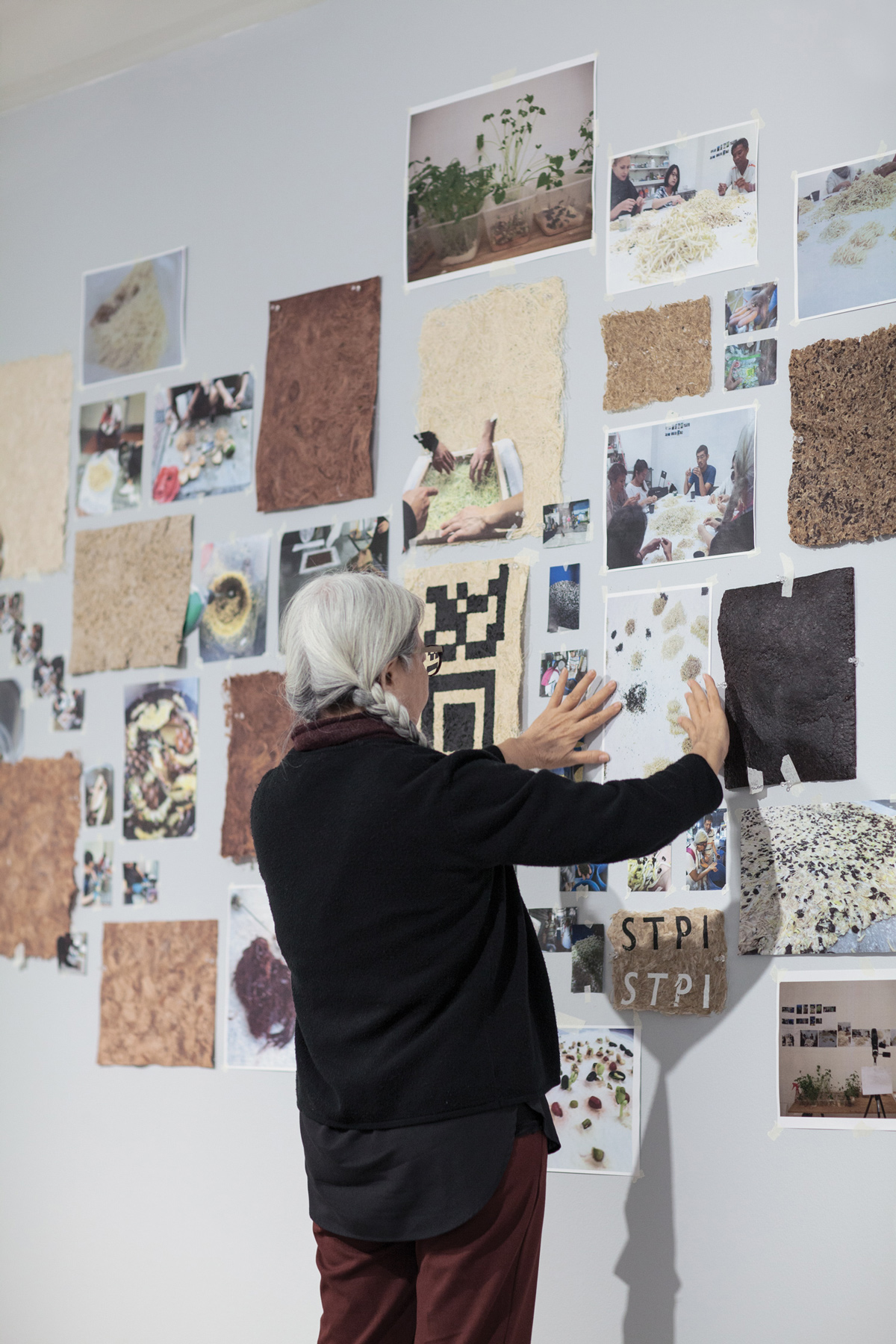
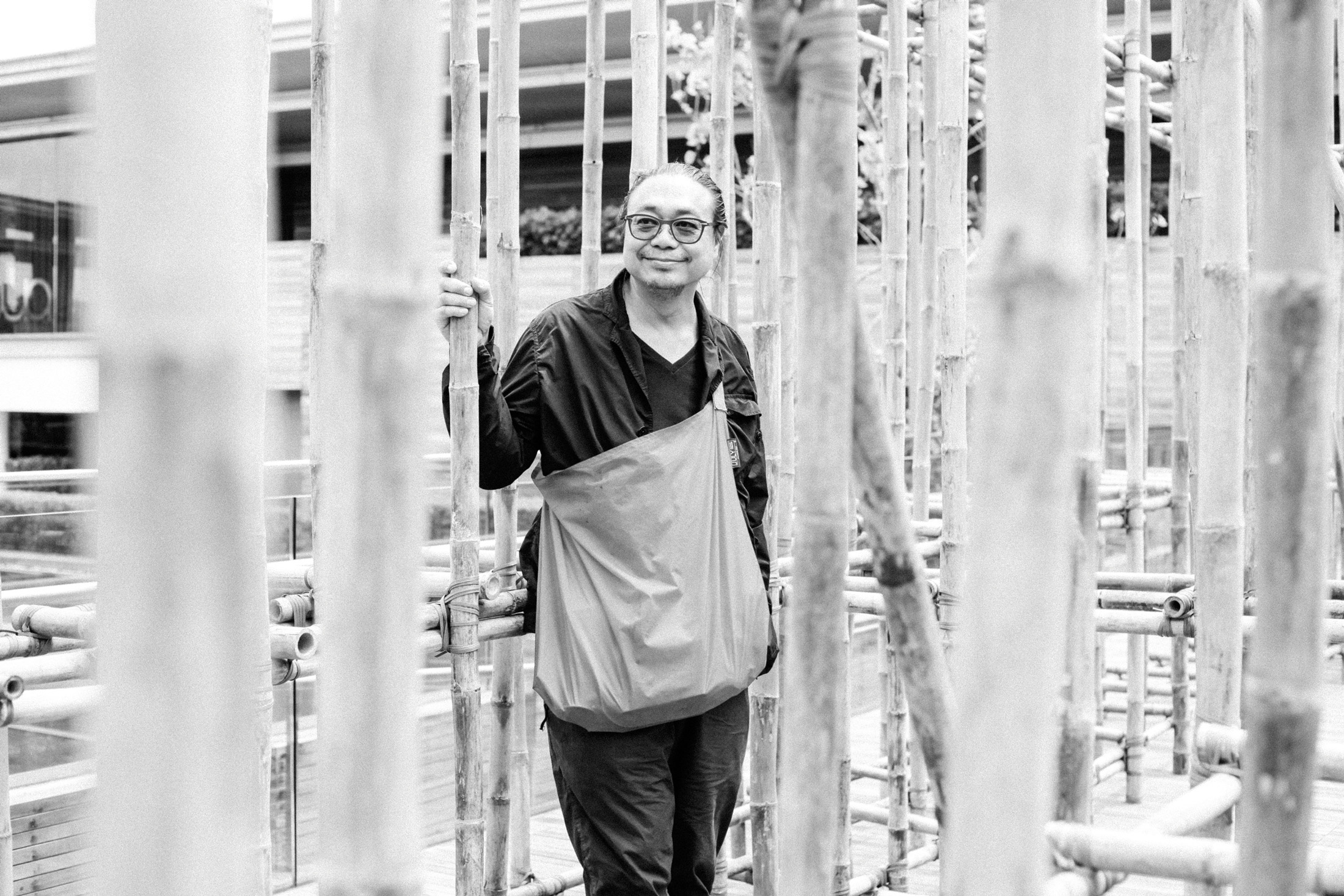
.jpg)
